Oil on canvas, 82 cm by 67 cm.
Frame of 102 cm by 86 cm.
In a very beautiful light, the artist offers us this superb still life on an entablature partially covered with a red velvet tablecloth, bordered by a fringe of trimmings with fine embroidery of silk and gold threads. On the left of the composition, a römer is a tall Central European wine glass on which a partially peeled lemon is placed. We distinguish by a transparency effect the fruit which is at the back of the glass. In the center another larger glass whose cut rests on a beautifully carved and chiseled foot, at its base a loaf of bread started. To the right of the glass, an earthenware carafe and its pewter trim, at the foot of which is placed, leaning, a large fine porcelain dish based on Spanish enameled earthenware from the 16th century (Valencia). The whole is sprinkled with fruit, orange peaches, pomegranates, grapes and cherries. A few vine and peach leaves adorn the composition without forgetting the two butterflies, the pewter plate in the foreground and the knife.
Juriaen van Streeck (1632; 1687)
Juriaen van Streeck or Juriaan van Streek (February 29, 1632, Amsterdam; buried June 12, 1687, Amsterdam) was a Dutch still life painter of the Golden Age. He was trained by the still life painter Jan Davidsz de Heem.
Active in Amsterdam and Haarlem in the mid-17th century, his work was highly sought after by collectors across Europe. He was a member of the Guild of Saint Luke in Haarlem.
Van Streeck excelled in all still life subjects, including helmets, books, letters, musical instruments, and skulls or dead animals to indicate the transience of life. His compositions willingly contrast the cold tones of silverware and glassware with the warm tones of carpets and velvets. He excels in mixing these sumptuous and delicate tones. Disciple of Willem Kalf (1619; 1693), he influenced Barend van der Meer (1659; around 1700) His son Hendrick van Streeck (1659; 1719) also became a talented painter. Van Streeck's still lifes typically feature opulent arrangements of flowers, fruit, and other luxurious objects such as shells, dishes, potiches, or vases. He was very good at depicting light and texture, and his paintings are characterized by their highly detailed and intricate compositions. As often at that time, the representation of the elements and their staging also have a symbolic significance, that of the passage of time and the vanity of human things. This is the case in our table with in particular the half-filled glasses, the partially peeled lemon and the half-eaten breadcrumbs. Today, van Streeck's paintings can be found in museums
private collections around the world, including the Rijksmuseum in Amsterdam, the Metropolitan Museum of Art in New York, and the Louvre in Paris.





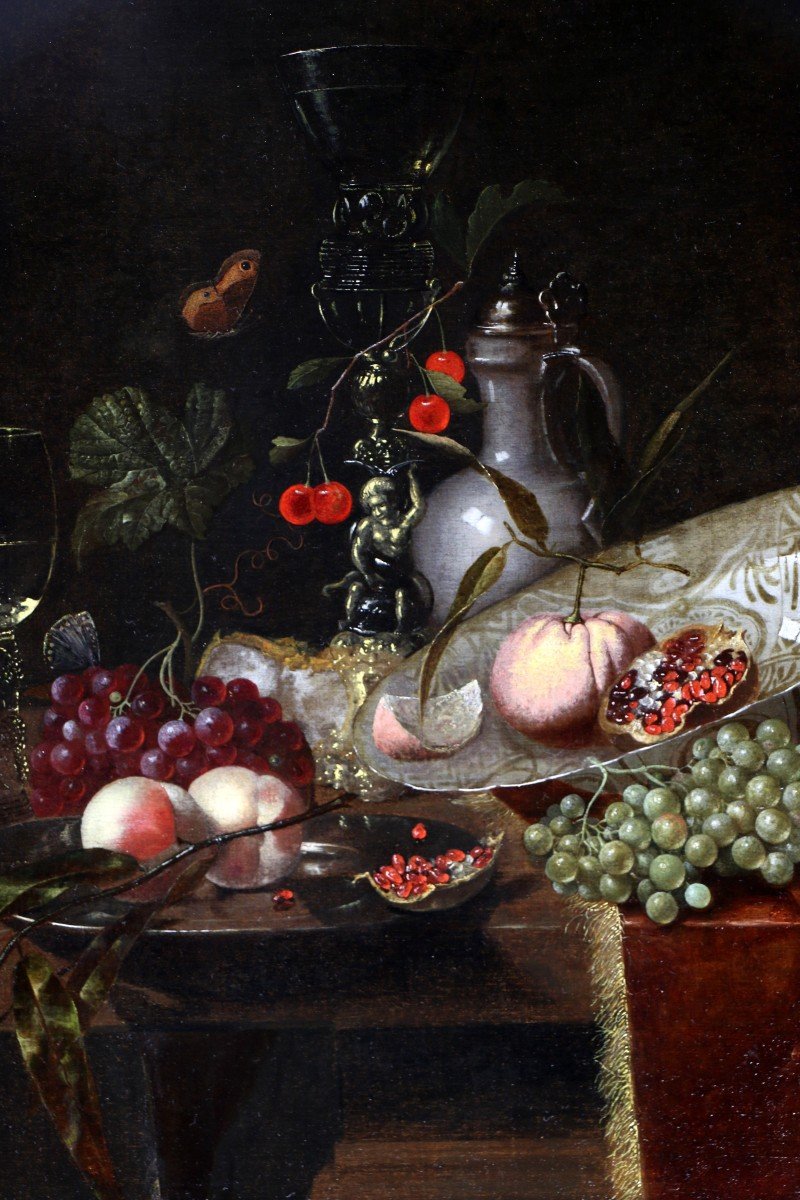
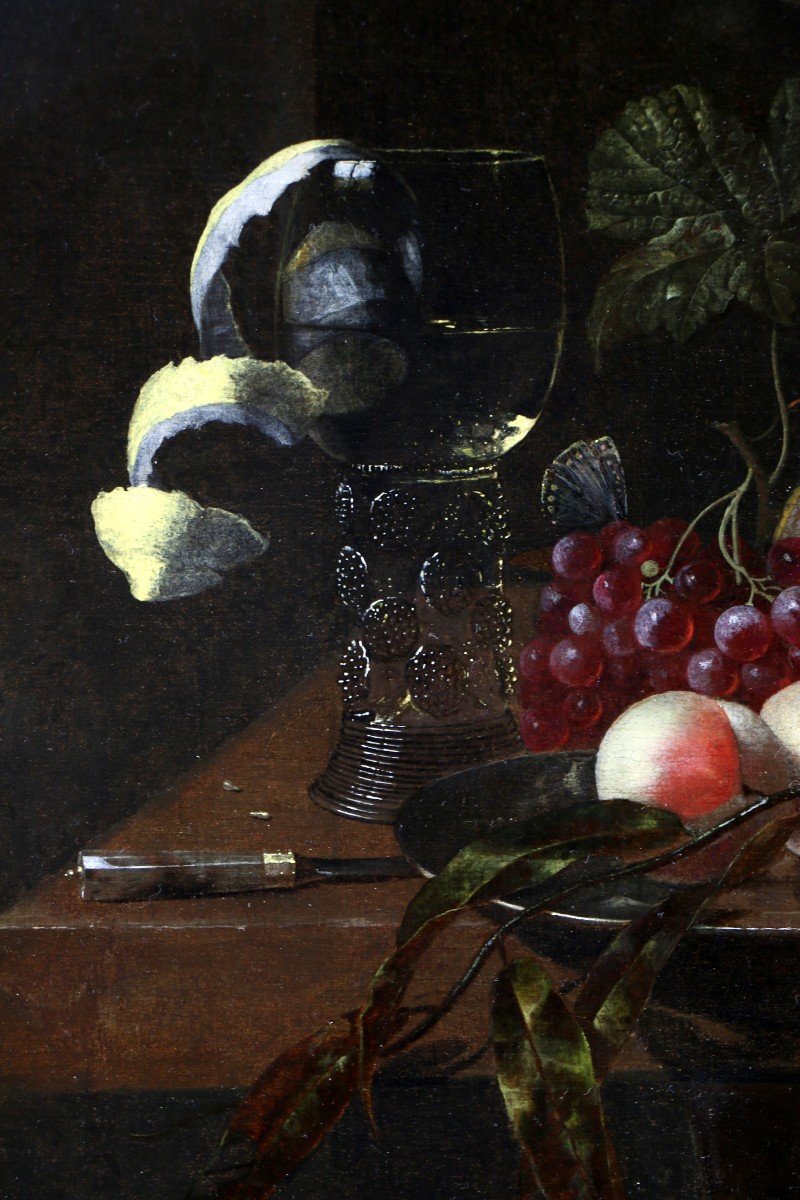

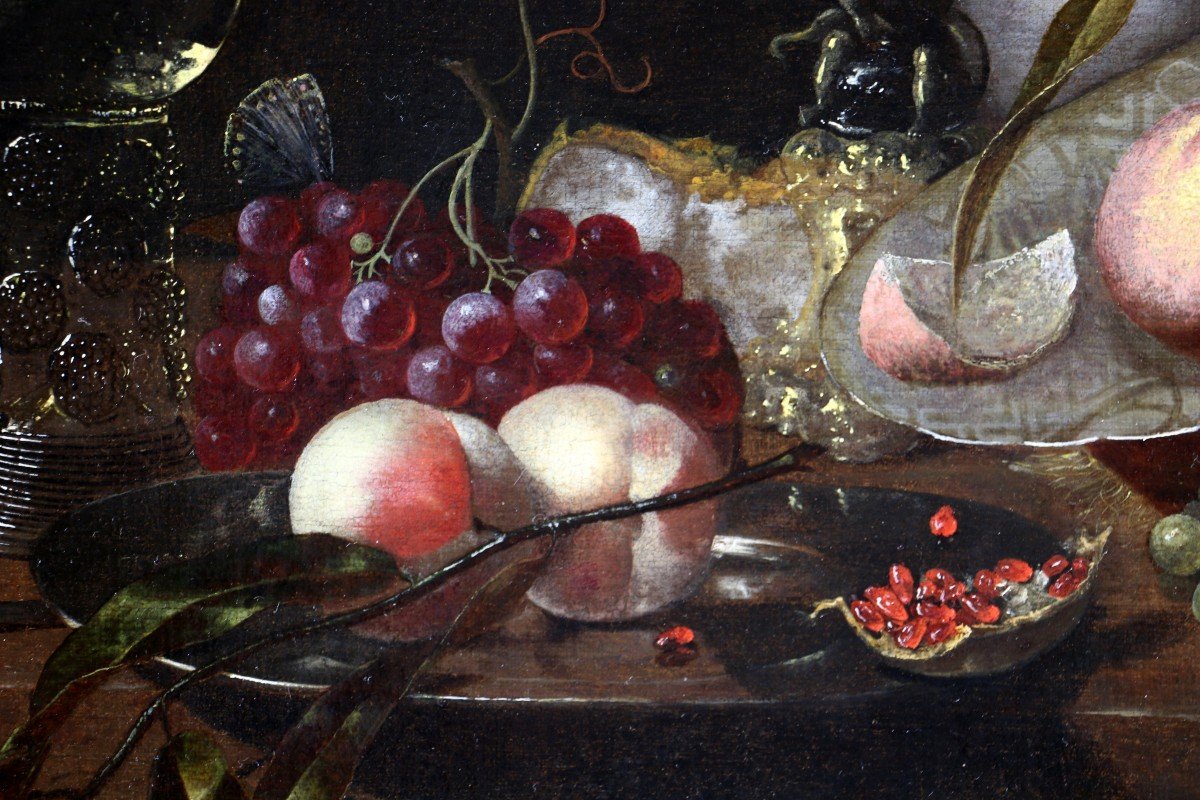






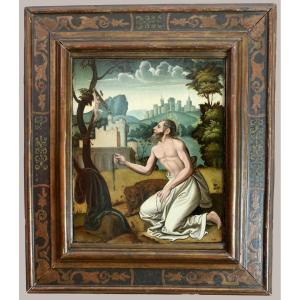




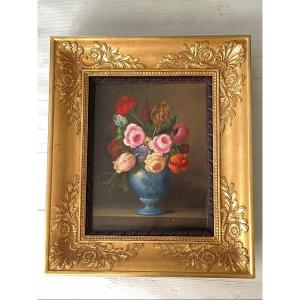






 Le Magazine de PROANTIC
Le Magazine de PROANTIC TRÉSORS Magazine
TRÉSORS Magazine Rivista Artiquariato
Rivista Artiquariato
